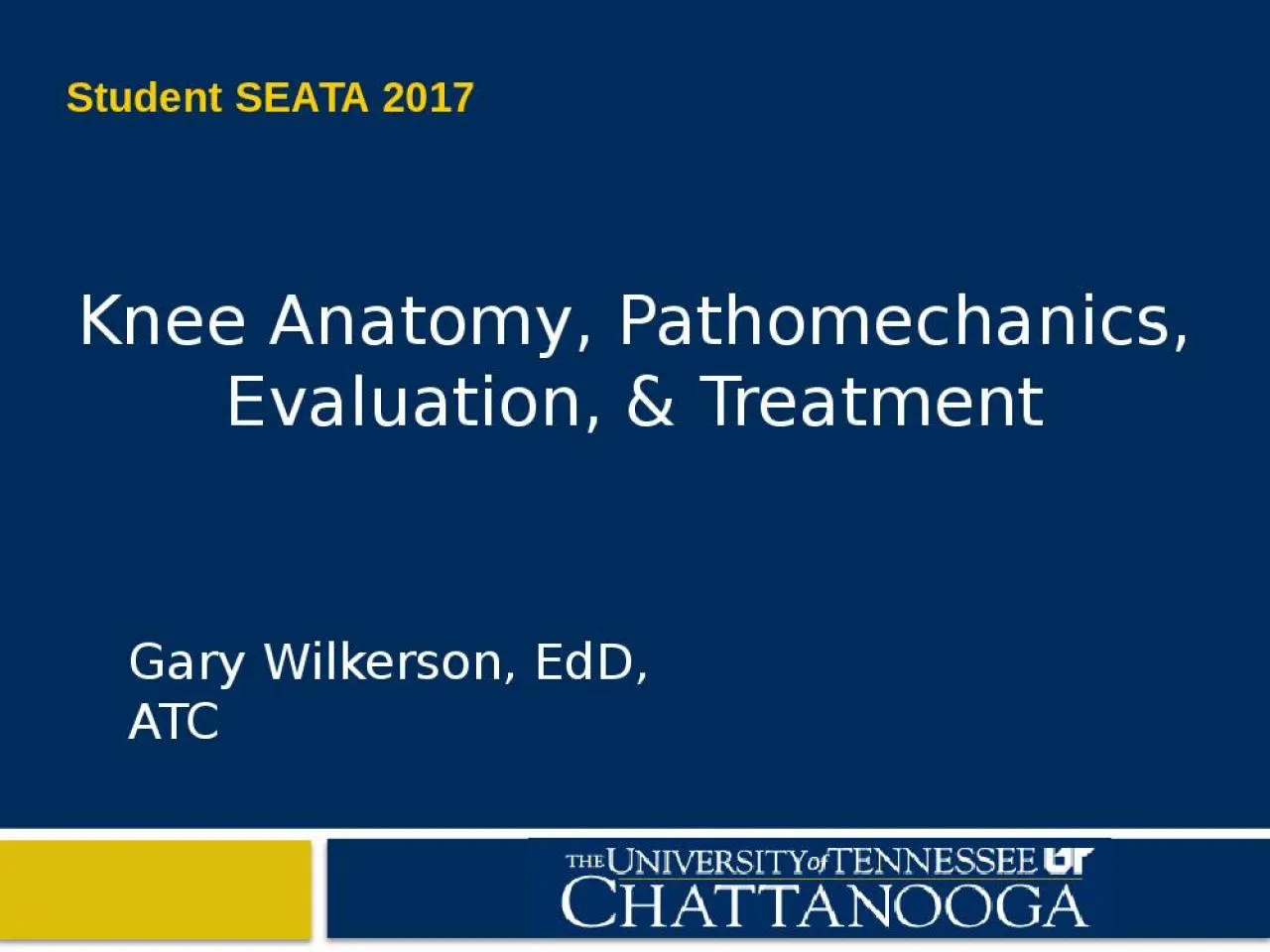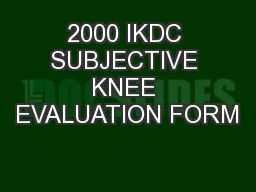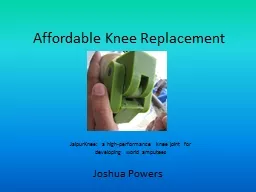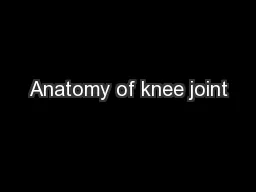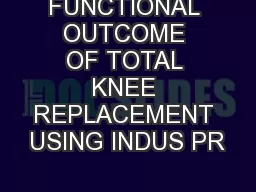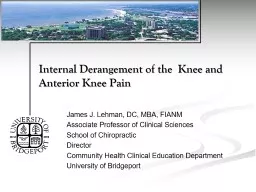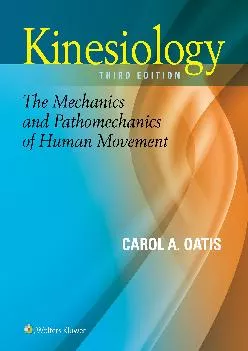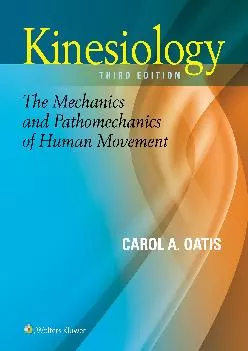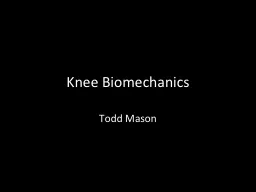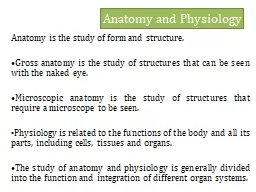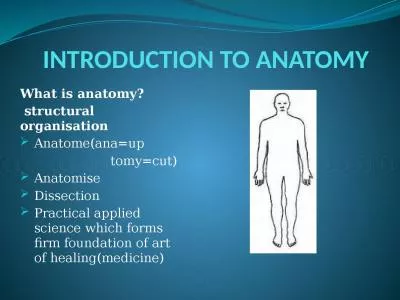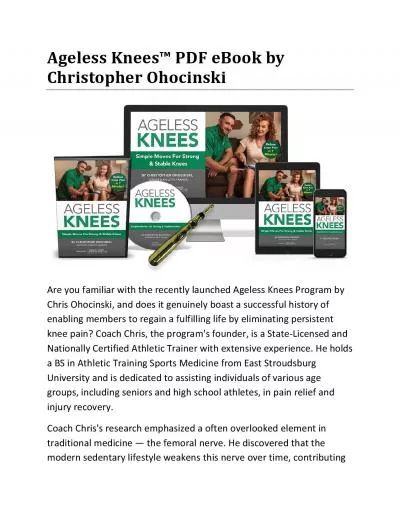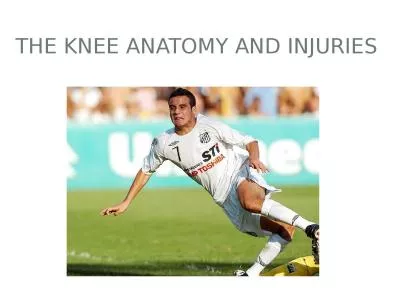PPT-Knee Anatomy, Pathomechanics
Author : helene | Published Date : 2022-02-15
Evaluation amp Treatment Gary Wilkerson EdD ATC Student SEATA 2017 2 Knee Anatomy Anterior View Medial Collateral Lig 16 Lateral Collateral Lig 6 Anterior Cruciate
Presentation Embed Code
Download Presentation
Download Presentation The PPT/PDF document "Knee Anatomy, Pathomechanics" is the property of its rightful owner. Permission is granted to download and print the materials on this website for personal, non-commercial use only, and to display it on your personal computer provided you do not modify the materials and that you retain all copyright notices contained in the materials. By downloading content from our website, you accept the terms of this agreement.
Knee Anatomy, Pathomechanics: Transcript
Download Rules Of Document
"Knee Anatomy, Pathomechanics"The content belongs to its owner. You may download and print it for personal use, without modification, and keep all copyright notices. By downloading, you agree to these terms.
Related Documents

